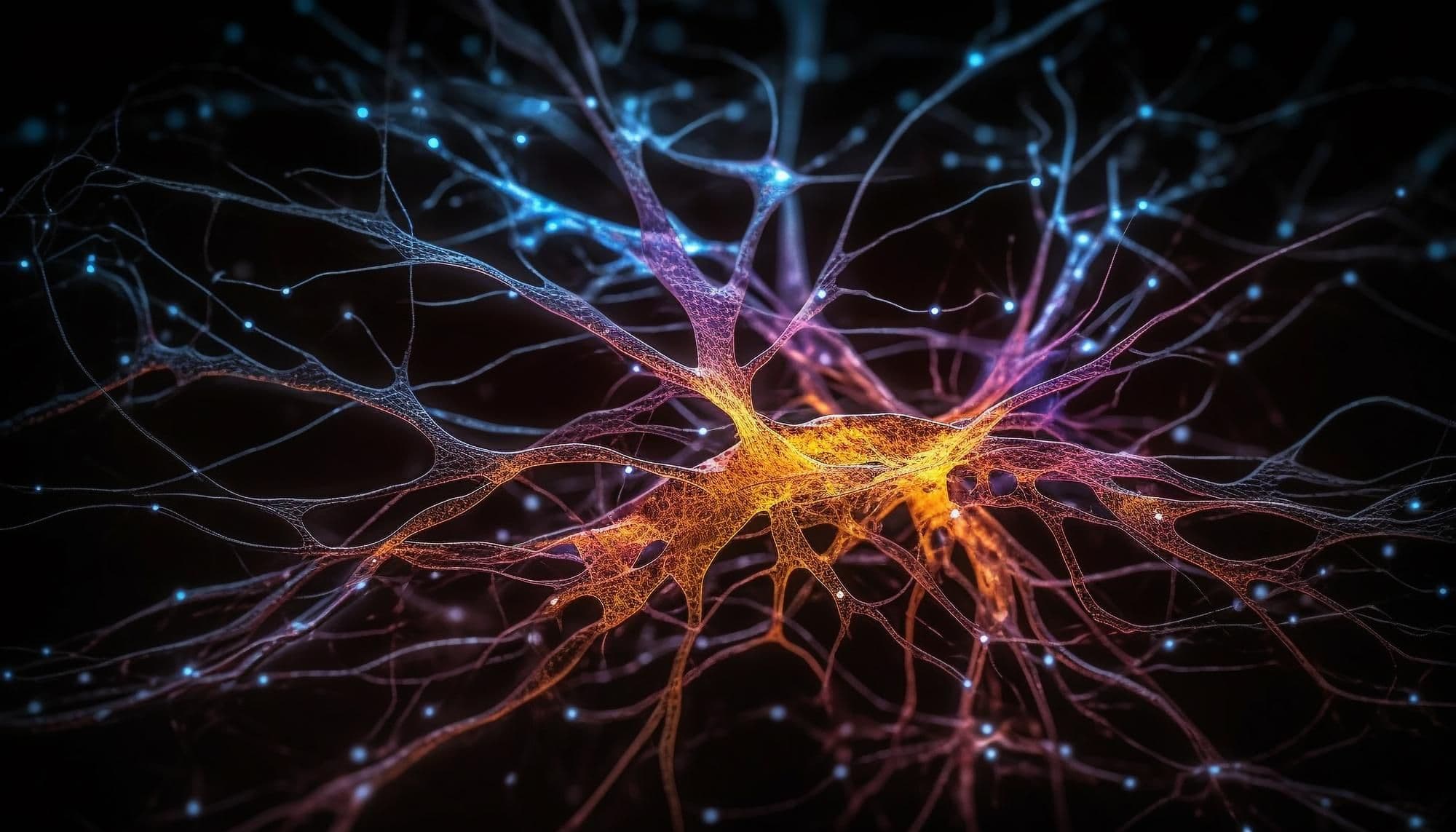3/7/2025
 Author: Designed by Freepik
Author: Designed by FreepikNeuroplasticity, also known as brain plasticity, is the nervous system’s ability to modify its structure and function in response to various stimuli. Thanks to this, our brain can adapt to changes, such as nerve damage, by reorganizing its connections and functions.
Neuroplasticity is the process through which the brain alters its activity in response to internal or external stimuli, reorganizing its structure, functions, or connections. This means that our nervous system has the ability to adapt, which is crucial for the recovery process after injuries such as strokes or nerve damage.
After nerve damage, the brain activates repair mechanisms aimed at restoring lost functions. Here are the main stages of this process:
Immediately after an injury, nerve cells die, and some connections are lost. The brain attempts to use existing alternative neural pathways to maintain basic functions.
Supportive cells, such as astrocytes and microglia, become activated. They help clear damaged tissues and support repair processes.
New synaptic connections are formed, and existing neural networks are reorganized, potentially leading to the recovery of lost functions or adaptation to new conditions.
The brain's ability to adapt is influenced by several factors. Here are some of them:
Although neuroplastic processes occur naturally, there are ways to enhance them:
Neuroplasticity is an extraordinary ability of our brain to adapt and regenerate after damage. Understanding this process offers hope for more effective rehabilitation and recovery after nervous system injuries. Remember that lifestyle choices, regular physical and mental activity, and a proper diet can support these natural repair processes.
If you want to take care of your neuroplasticity, consult a doctor to assess your individual needs. Avoid taking supplements or medications on your own, as improper use can be harmful. Activities supporting neuroplasticity should be conducted under the supervision of specialists, such as neurologists, physiotherapists, or dietitians, to ensure both safety and effectiveness.
You'll be the first to know and one of our earliest testers.
Practical guide for patients with facial nerve paralysis